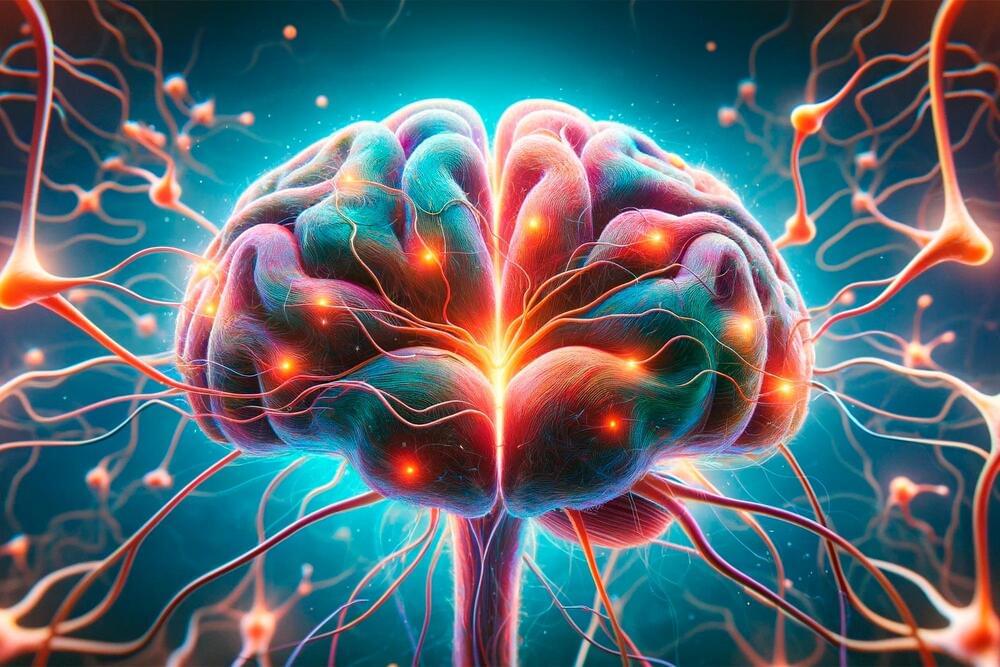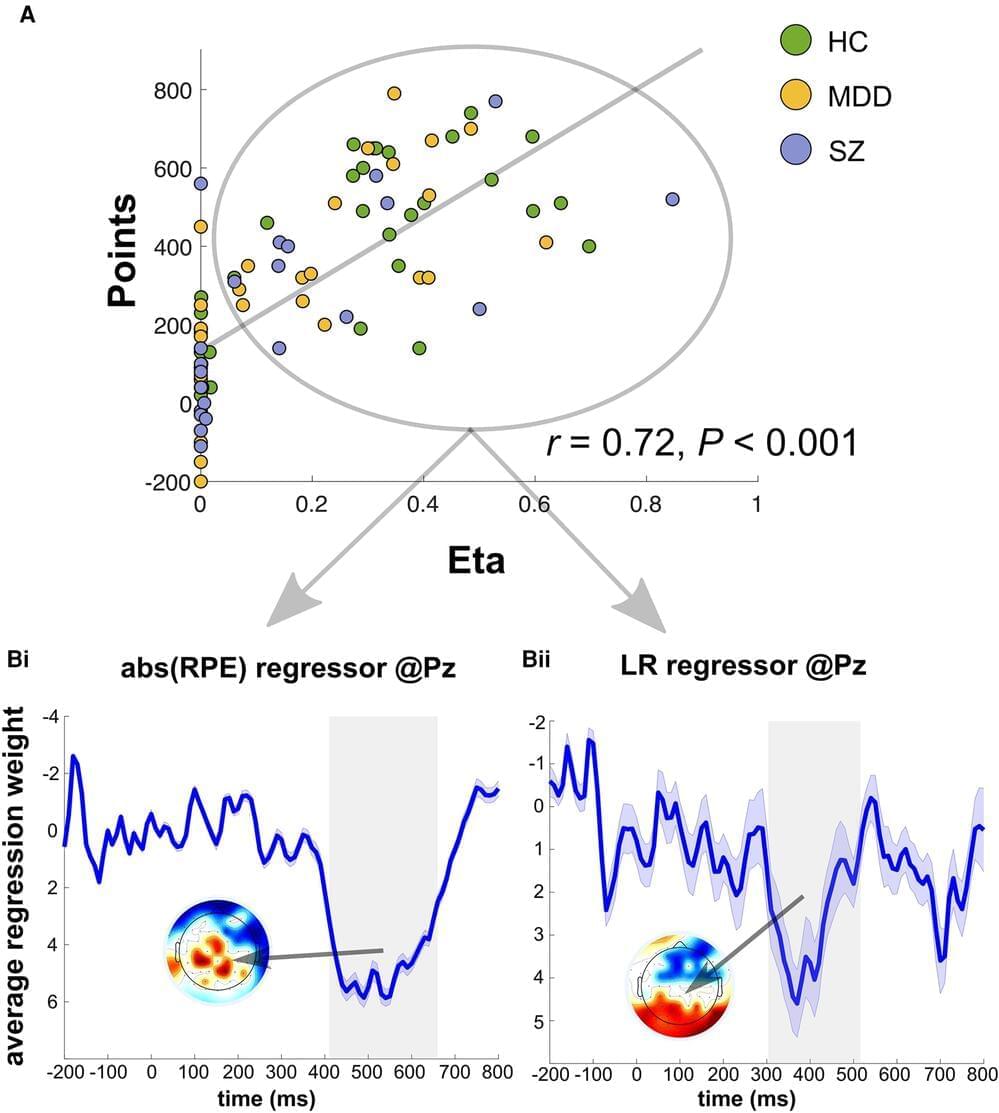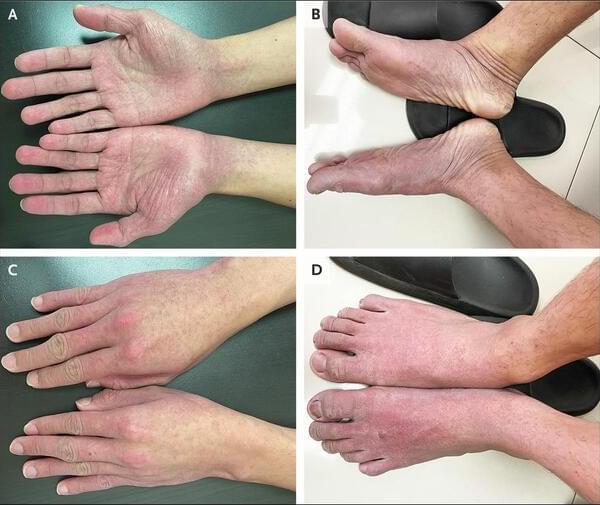Discovery could be useful in developing new therapies for multiple sclerosis, neurodegenerative conditions, and brain cancer.
New research from Oregon Health & Science University for the first time reveals the function of a little-understood junction between cells in the brain that could have important treatment implications for conditions ranging from multiple sclerosis to Alzheimer’s disease, to a type of brain cancer known as glioma.
The study will be published today (January 12) in the journal Nature Neuroscience.









